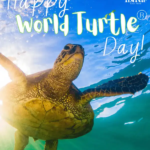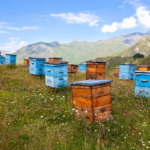Here’s How To Help Leatherback Sea Turtles And More!
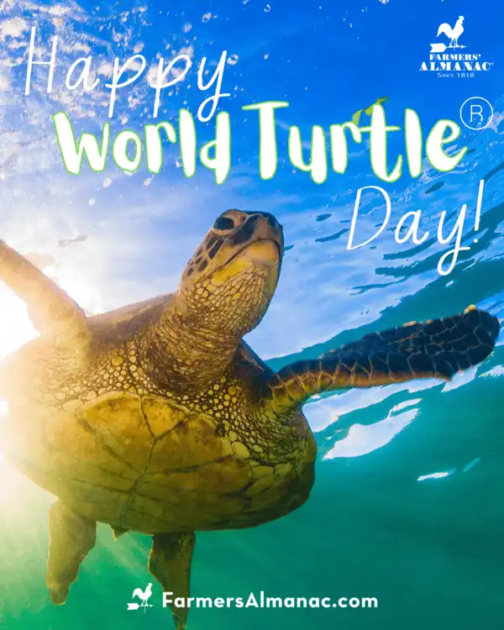
Love leatherback sea turtles? If you live in Florida, Texas, or another southern coastal state, consider volunteering to help save the sea turtles! Even if you aren’t on the coast, there are still ways to make a difference. Here is everything you need to know, including helpful links to get started as well as turtle symbolism and interesting facts.
About Sea Turtles: Turtle Symbolism and Folklore
There are seven species in the world: the leatherback sea turtle, loggerhead, green, hawksbill, Kemp’s ridley, olive ridley, and flatback. All of these (except flatback) nest in spots along the US coastline, from Texas to North Carolina. But these turtles are found in warm oceanic waters all over the world.
Because sea turtles are so widespread, they are embedded in world folklore, mythology, and symbolism. Many beliefs associate these gentle and peaceful reptiles with longevity (they can live more than 50 years!), resilience, endurance, patience, calmness, gentleness, and strength.
Some cultures, including variations of Chinese, Hindu, and both Lenape and Iroquois folklore, consider the “world turtle” or “cosmic turtle” to be a sea turtle. This giant turtle bears the world on his back. Many indigenous North American cultures believe this to be the origin of the North American continent, which is still called “turtle island” in native languages.
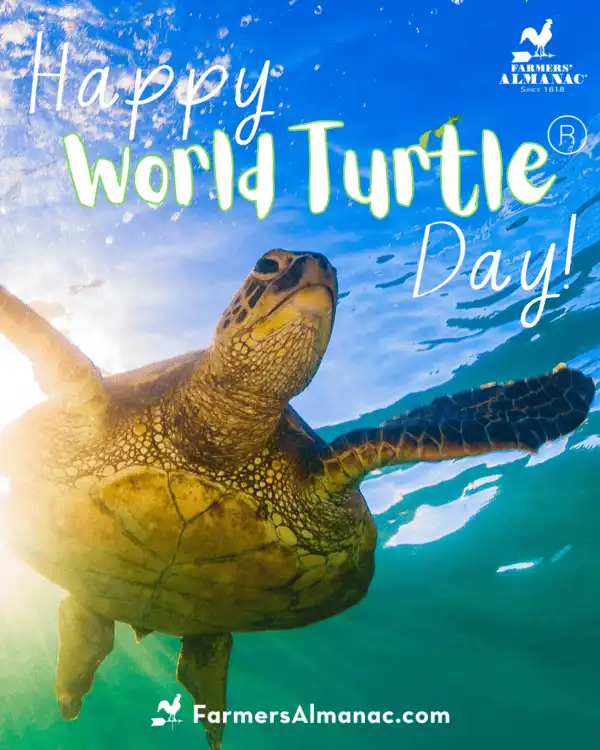
Hawaiian culture considers the “honu” – the native Hawaiian word for sea turtle – to be sacred and worthy of reverence and honor. Sea turtles are also believed to be good omens for safe ocean navigation.
In eastern cultures, including Japanese folklore, they represent good luck, prosperity, and wisdom. Native American cultures consider these turtles a connection to one’s ancestors, bringing strength and good luck to anyone who sees them.
Our more modern cultures also include sea turtles, and in fact, the leatherback sea turtle is the official state marine reptile of California and in Florida, the loggerhead is the official state saltwater reptile. South Carolina likewise honors the loggerhead sea turtle as its official state reptile, and in Texas, the Kemp’s ridley is the official state sea turtle.
Discovering Turtle Nests
Seeing a nesting sea turtle and protecting the breeding grounds of these beloved animals is a rewarding experience. With nesting season typically between March-October, if you’ve strolled the beaches of top nesting regions from the Padre Island National Seashore in Texas to the Archie Carr National Wildlife Refuge in Florida to the Bald Head Island Conservancy in North Carolina, chances are you’ve been just steps away from sea turtle nests.
When a sea turtle nests – which she will do every 2-4 years – she will create 3-6 nests in the season. Nesting is typically on darker, cooler nights when the area is calmer and safer for the vulnerable nesting mother – though hawksbill and olive ridley more often nest in the daytime.
Regardless of timing, the female will pull herself to a good spot above the high tide line and dig out her nest, from 14-22 inches deep. Once the nest is complete, she will lay 40-200 plain white, soft-shelled eggs the size of ping pong balls over the course of several hours, then will push sand back to fill in and camouflage her nesting site.
The female turtle then leaves the nest – which by instinct was on the same beach where she herself was hatched years earlier – and will not return. There is no care for the nest nor any nurturing of the hatchlings.
The incubation period of eggs varies not only by species, but also by local temperatures. Warmer nests may hatch more quickly, while cooler nests will incubate for longer periods. On average, eggs will hatch about 60 days after being laid.
It is a common misconception that the phase of the Moon impacts when sea turtles hatch. In fact, it is the sand temperature that has most impact on when the hatchlings break out of their shells and begin to struggle to the surface, a beautiful event colloquially known as a “turtle boil” because dozens of small hatchlings can make it appear as if the sand itself is boiling with their emergence.
As an interesting fact, sand temperature also affects whether turtle hatchlings are male or female. Warmer sands produce more female hatchlings, while cooler sands breed more males in each nest.
Once they’ve surfaced, hatchlings instinctively move toward the brightest light source, which is often the Moon or stars reflected on the ocean water. The sound of waves might also provide some guidance to the minutes-old hatchlings, and they instinctively move along downward slopes to reach the edge of the water.
Sea turtle hatchlings are vulnerable to seabirds, foxes, coyotes, cats, crabs, raccoons, and other predators. Nevertheless, they rush to the water to disappear beneath the waves, heading out to sargassum floats where they will feed and grow for several years, before beginning their own nesting cycles when they are roughly 20 years old. Sadly, only 1/1,000 hatchlings survive to become sexually mature.
Mass Nesting Events
One of the more remarkable events in some nesting cycles are the mass nesting events known as “arribadas” – Spanish for “arrivals.” In just a few days, thousands of sea turtles will warm the same beaches to nest, creating phenomenal spectacles that can be alarming to any beachgoer who might not realize this is the animals’ ancestral behavior.
RELATED: Mass Emergence of Cicadas in 2025
The Kemp’s ridley in Texas is particularly well-known for arribadas, as is the olive ridley turtle in Costa Rica and other locations around the world. The best events in the US are along the Padre Island National Seashore, but multiple sea turtle nests can also be discovered throughout sandy shores everywhere from Texas along the Gulf Coast, the Florida coastline and Florida Keys, and north as far as North Carolina.
RELATED: 25 Strange Animal Group Names (including turtles!)
How Weather Impacts Sea Turtle Nests
No one wants a beach day interrupted by a storm, but what about the turtle nests buried in those beaches for weeks or months at a time? Unfortunately, severe weather can equally impact sea turtle nesting success.
Erosion can expose vulnerable nests or wash them away entirely, while storm surge and flooding can drown eggs and hatchlings alike. Debris washed up in a storm creates barriers that may trap young turtles or bury nests. When the best nesting sites are destroyed, the overall hatching success of sea turtle nests declines, putting these endangered animals at even greater risk.
Any questions? Let us know in the comments!
Save The Sea Turtles: How You Can Help Nesting Sea Turtles
Fortunately, there are many easy steps anyone can take to protect sea turtles. On the beaches, staying clear of sea turtle nests is essential to be sure they are not disturbed. Any holes should be filled in and sandcastles leveled after a day at the beach so they do not present barriers to either nesting turtles or emerging hatchlings.
RELATED: Best Days to Dig Post Holes
Picking up beach trash can create a cleaner, healthier environment for nesting sea turtles and their hatchlings, plus will help minimize any waste that might attract gulls, raccoons, and other predators who would be only too happy to make a meal of a vulnerable hatchling.
Protecting dunes by planting appropriate grasses is critical, as is minimizing beach lighting and noise that can distract sea turtles on the move.
Finally, anyone – residents and visitors alike – can volunteer to support conservation organizations and the critical work they do to protect these creatures. Outreach work, beach cleanups, fundraisers, and educational programs are just a few options that can always use more volunteers not just during nesting season, but all year-round!
Donations are always welcome to help fund different conservation projects and many organizations have provisions for estate donations or symbolic adoptions to support their work. Even far from coastal areas, different zoos and aquariums often have such programs and every donation helps protect sea turtles and other marine wildlife.
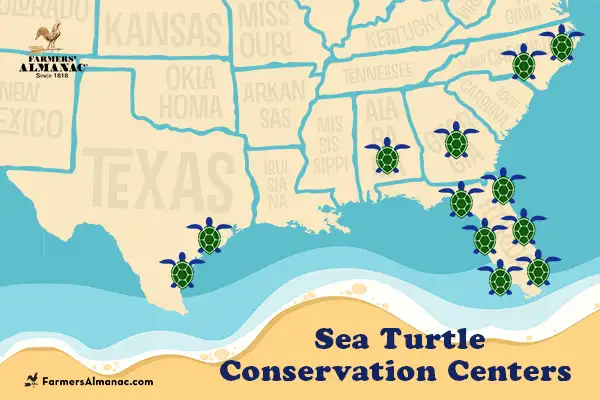
Sea Turtle Conservation Centers and Nesting Sites
There are many opportunities from Texas to North Carolina. Here are 12 of our top recommendations by state. (Note: US National Park Volunteers who contribute 250 hours are given a free pass to all National Parks – Learn more.
Florida
- Archie Carr National Wildlife Refuge – Barrier Island Center in Melbourne Beach, Florida. We recommend the Guided Turtle Walks in June and July (Sea Turtle Conservancy).
- Loggerhead Marinelife Center in Juno Beach, Florida. Year-round tours and events.
- John D. MacArthur Beach State Park in North Palm Beach, Florida. Events run from March through October.
- Cayo Costa State Park in Cayo Costa, Florida. Sea Turtle Nesting – May through October. Visit FriendsofCayoCosta.org.
- Hillsborough Beach, Florida (town). Events run March through October.
- Navarre Beach Sea Turtle Conservation Center in Navarre, FL 32566. Year-round volunteering.
Texas
- Malaquite Visitor Center in Corpus Christi, Texas. Hatchling releases from mid-June through August.
- Sea Turtle Inc. on South Padre Island, Texas. Year-round volunteering opportunities.
North Carolina
- The Karen Beasley Sea Turtle Rescue & Rehabilitation Center in Surf City, North Carolina. Year-round volunteer opportunities.
- Bald Head Island Conservancy on Bald Head Island, North Carolina. Year-round volunteer Opportunities.
Georgia
- Georgia Sea Turtle Center on Jekyll Island, Georgia. Summer programs and events.
Alabama
- Alabama Coastal Foundation at Spring Hill College in Mobile, Alabama. Sea Turtle Conservation Program volunteers are welcome from May through October.
Live Inland? You Can Still Help!
You don’t have to live near the ocean to help sea turtles! All waterways connect to the ocean, so taking steps to protect your local streams, rivers, and lakes can keep oceans clean and healthy for turtle populations. Minimizing carbon emissions can also have a global impact on climate change, which affects coastlines all around the world.
Supporting events like the “Tour de Turtles” marathon annual fundraiser is a great way anyone can contribute to conservation and learn about their migration at the same time. The leatherback sea turtle part of the event begins on June 16, World Sea Turtle Day, while the non-leatherback competition begins on August 1.
Of course, any beach vacation – even if you’re only there for a few hours – can be a great opportunity to help sea turtles. Picking up a single bag of trash can help keep critical nesting areas clean and ensure debris isn’t making it into the water where it may be mistaken for jellyfish, seaweed, sea grasses, sponges, and other top sea turtle foods.
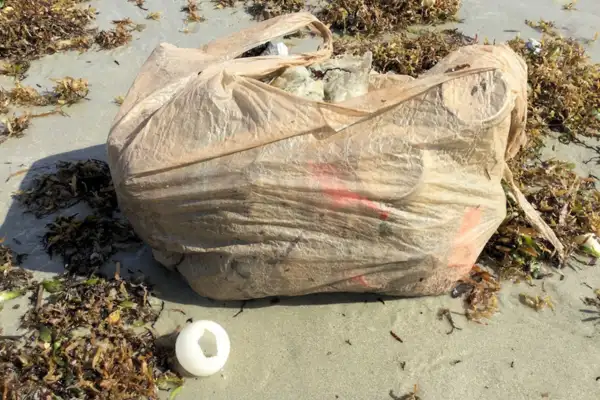
It should also go without saying that concerned turtle lovers should never purchase any turtle-based products, such as tortoiseshell jewelry, shells, or other souvenirs. Instead, let knowing you’ve helped turtles be the best souvenir of all, and a positive memory to cherish for many years.
Join the Discussion
Have you ever volunteered to save the sea turtles?
Would you recommend any volunteering locations?
We hope this article inspires you.
Leave a comment with your experience!





